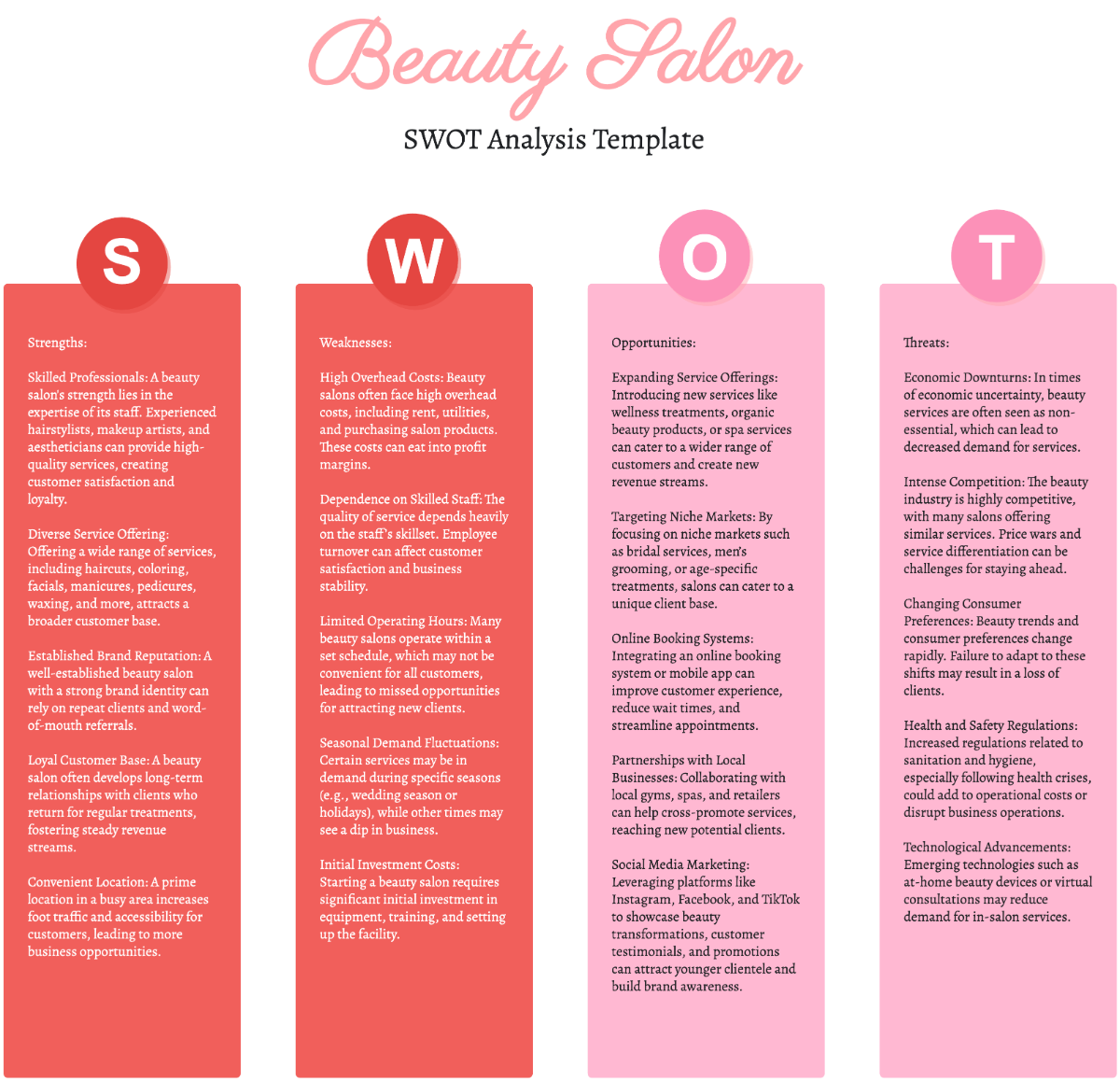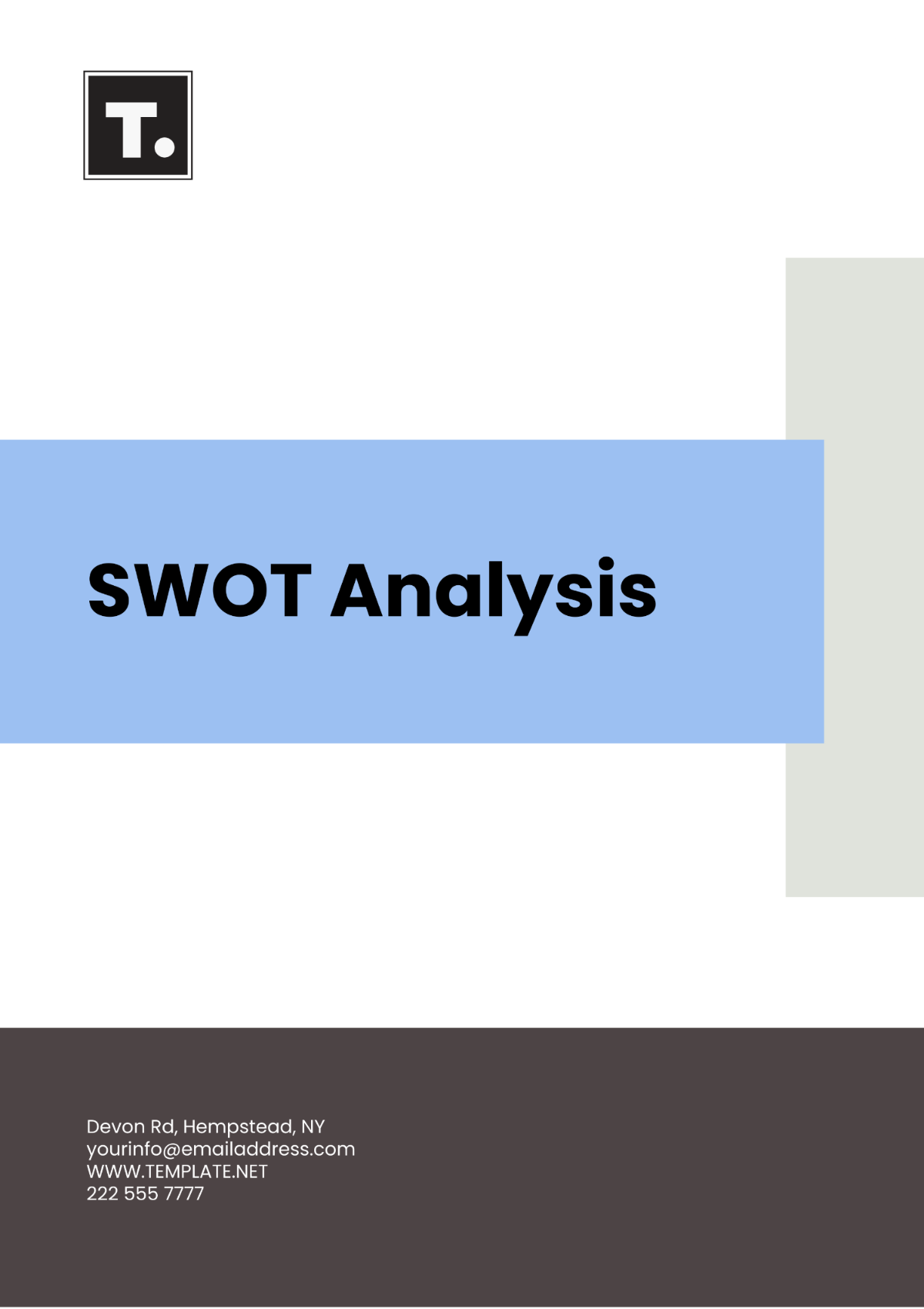Free Vendor Cost Analysis Template
Vendor Cost Analysis
Prepared By : | [Your Name] |
Company : | [Your Company Name] |
Department : | [YOUR DEPARTMENT] |
Address: | [Your Company Address] |
Email: | [Your Company Email] |
I. Executive Summary
This section provides a high-level overview of the vendor cost analysis findings.
A. Objective
To evaluate the costs, quality, reliability, and risks associated with different vendors.
B. Key Findings
Vendor A offers the lowest initial cost but lacks long-term support, quality, and reliability, and presents higher risks.
Vendor B provides a comprehensive package with moderate pricing, suitable for mid-sized operations, and a good balance of quality, reliability, and risk management.
Vendor C offers the highest initial cost but includes extensive support, high quality, reliability, and low risk, ideal for large-scale implementations.
II. Methodology
This section outlines the approach used to conduct the vendor cost analysis.
A. Data Collection
Quotes and pricing information were gathered through direct communication with vendors, analysis of vendor brochures, and review of online resources.
B. Criteria for Evaluation
The analysis focused on several key factors:
Initial setup costs
Ongoing maintenance fees
Level and quality of support
Scalability potential
Quality of products/services
Reliability of the vendor
Risk assessment
Contract terms and conditions
C. Tools Used
Microsoft Excel for data organization and cost comparison, along with project management software for tracking vendor interactions and feedback.
III. Vendor Comparison
This section presents a detailed comparison of the costs, quality, reliability, and risks associated with each vendor.
A. Cost Breakdown Table
Vendor | Initial Cost | Ongoing Fees | Support Package | Scalability |
|---|---|---|---|---|
Vendor A | $10,000 | $500/month | Basic | Limited |
Vendor B | $15,000 | $750/month | Standard | Moderate |
Vendor C | $20,000 | $1000/month | Premium | Extensive |
B. Quality and Reliability Table
Criteria | Vendor A | Vendor B | Vendor C |
|---|---|---|---|
Quality | Average | Good | Excellent |
Reliability | Low | Medium | High |
Support Level | Basic | Standard | Premium |
Scalability | Limited | Moderate | Extensive |
C. Risk Assessment Table
Risk Factor | Vendor A | Vendor B | Vendor C |
|---|---|---|---|
Support Risk | High | Medium | Low |
Service Interruption Risk | High | Medium | Low |
Scalability Risk | High | Medium | Low |
Contract Flexibility | Low | Medium | High |
IV. Recommendations
Based on the analysis, the following recommendations are made:
A. Short-Term Recommendations
Vendor B is recommended for businesses needing a balanced approach between cost, quality, reliability, and risk management. Its moderate pricing, good quality, and reliable support package make it suitable for mid-sized operations that require dependable service without the highest costs.
B. Long-Term Recommendations
Vendor C is recommended for enterprises with extensive growth plans and a need for robust support, high quality, reliability, and low risk. The higher initial and ongoing costs are justified by the extensive support, superior
quality, and reliability, which can be crucial for large-scale implementations.
V. Conclusion
Summarize the key points of the analysis and reiterate the recommended course of action.
A. Summary
The analysis reveals that while Vendor A offers the lowest initial cost, it may not be suitable for businesses with long-term growth plans due to limited support, lower quality, reliability, and higher risk. Vendor B presents a balanced option, ideal for mid-sized businesses, while Vendor C, with its higher costs, provides the most comprehensive support, high quality, reliability, and low risk, making it the best choice for large enterprises.
C. Recommendation
Prioritize long-term benefits, quality, reliability, and risk management when selecting a vendor. Vendor B is suitable for immediate needs with a balanced cost-benefit approach, whereas Vendor C is ideal for future growth and extensive support.

















































